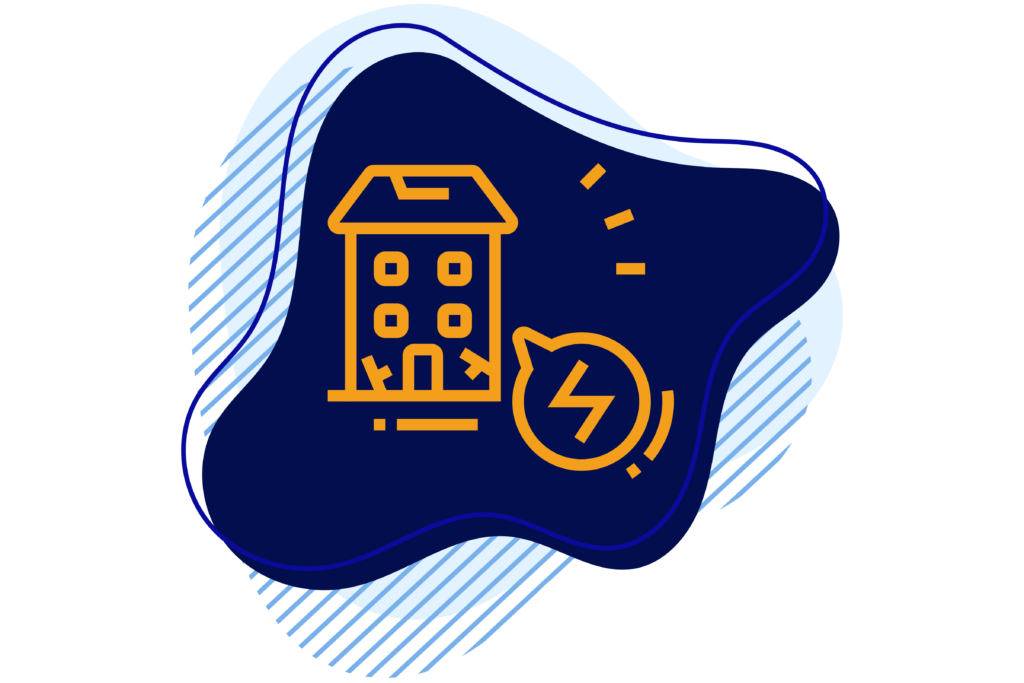Sick Building Syndrome is a condition in which multiple occupants or workers in the same building experience vague health symptoms for no clear-cut reason.
Typically, the affected parties will only suffer these symptoms during and shortly after the time when they’re actually at the building.
This is because with Sick Building Syndrome, the root cause of the ailments is an underlying issue with the building itself.
Causes of Sick Building Syndrome
In most cases, Sick Building Syndrome occurs because something is negatively impacting the air quality inside the building. One commonly cited cause is subpar ventilation. These days, in an effort to be more energy-efficient, many buildings are sealed up more tightly than in the past. As a result, the air can become stagnant, and it’s much less likely for airborne contaminants to be naturally cycled outside.
Sick Building Syndrome can also be caused by the presence of chemical fumes. Chemical compounds found in paint, adhesives, cleaning products, and even upholstered furniture can emit contaminants into the air. This is especially problematic in buildings that aren’t well-ventilated, and it can easily lead to occupants feeling sick.
The presence of mold or other funguses is another frequent cause of Sick Building Syndrome. Mold spores can be flourishing behind walls or in other hidden areas of a building, causing anyone present to breathe them in without even realizing it.
Those are a few of the most common causes of Sick Building Syndrome, but all of the following can also lead to the condition:
- Excessive dust
- Carbon monoxide
- Insect or rodent droppings
- Asbestos
- Formaldehyde
Symptoms of Sick Building Syndrome
The most obvious sign of Sick Building Syndrome is feeling noticeably worse when you’re inside your home or workplace than when you’re away from it. In terms of specific physical symptoms, the condition can present itself in numerous ways. Usually, the symptoms you experience will come down to the specific cause. For example, breathing in mold spores will have slightly different symptoms than breathing in carbon monoxide. Generally speaking, though, you may notice one or more of the following issues if you’re suffering from the syndrome:
- Headaches
- Dizziness
- Nausea
- Mental fatigue
- Skin irritation
- Eye, nose, and throat irritation
- Trouble focusing
How Can You Prevent Sick Building Syndrome?
If you’re a home or business owner looking to prevent or alleviate Sick Building Syndrome, there are a few positive habits you can get into and precautions you can take. For one, replace your HVAC air filters more regularly. If you let your filters become dirty and clogged, the building’s ventilation will suffer and more contaminants will be circulated into the air.
If you suspect that there may be mold, mildew, or asbestos growing somewhere in your building, call in local professionals for an inspection. A reputable mold remediation company will be an excellent resource for keeping your indoor air healthy. Finally, if strong cleaning agents are present in the building, ensure that they’re only used or stored in properly ventilated areas. In general, keeping a window or two open for a few hours each day can’t hurt either.
Unfortunately, Sick Building Syndrome is often difficult to diagnose and eliminate. To keep your building and its occupants healthy, your best bet is to be proactive about preventing the conditions that lead to it.


